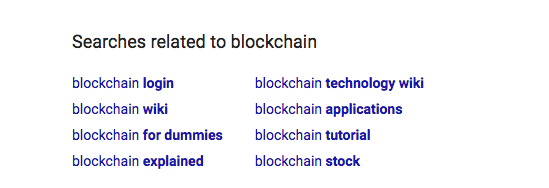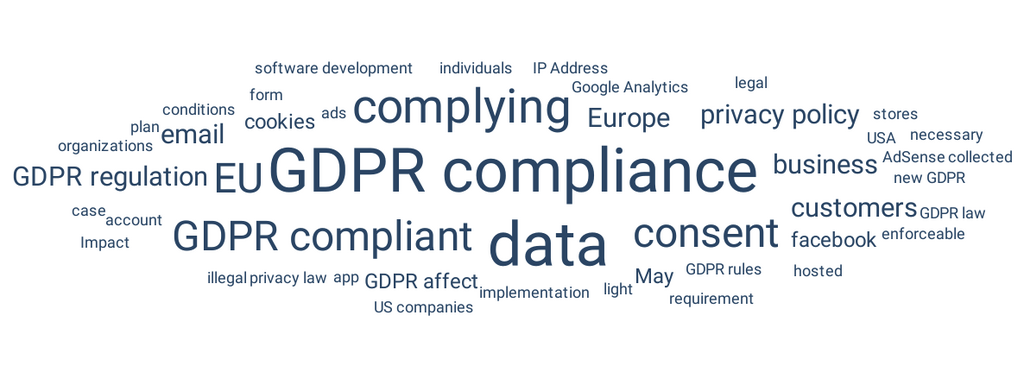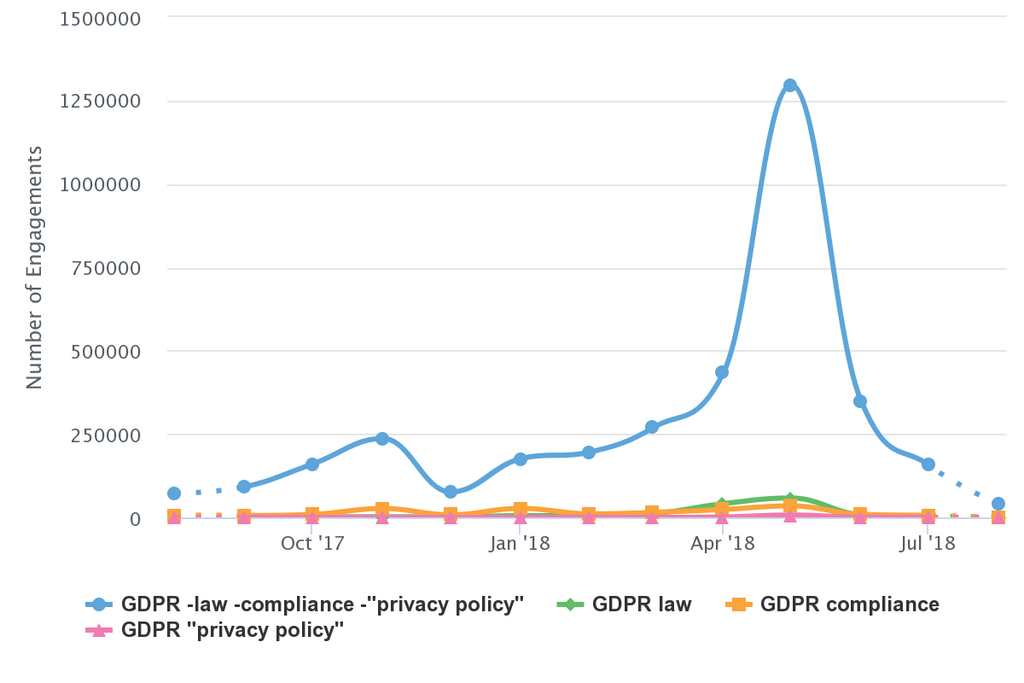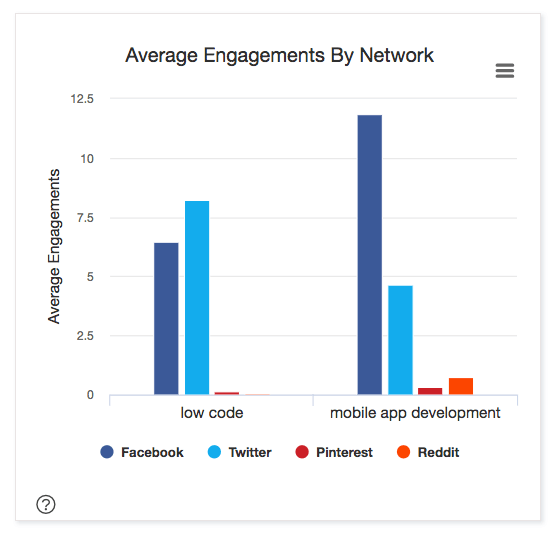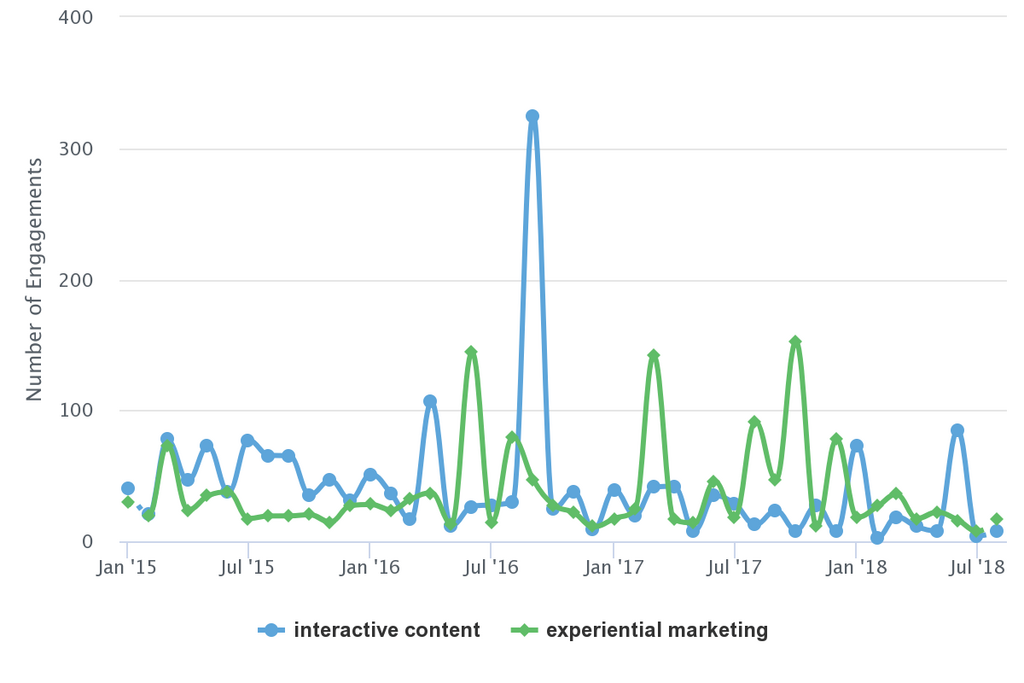Effective content marketing grows from a deep understanding of the competition we face for our audience’s attention. Efficiently choosing the best topics to write about can have a positive impact on ROI.
We think that social shares are a great proxy for interest because they easily reflect what people find worthwhile and engaging.
BuzzSumo’s Content Analyzer now offers an easy way to use social share data to compare up to 10 topics, quickly revealing which are more saturated with content and therefore competitive, and which have higher audience engagement.
Here are five great ways to use social engagement data to choose content marketing topics:
1. Find the content topic your audience is most interested in
If you have two related topics in mind, write about the one that gets more average engagements on social media. You knew that already, though. The problem has always been in quickly sorting content or blog post ideas to find the best of the best. Evaluating topics with their social data can be quickly accomplished with the Content Analyzer’s compare option.
For example, if I am writing about nutrition or fitness, I might want to critique different diets.
In this search for the terms “Paleo” and “Vegan,” it’s easy to see that content about vegan eating is more popular.
“Vegan” has a much higher average level of engagement. So, writing about it can give me a competitive edge, making it easier to get my audience interested in my content, and extending its reach with more social shares. This search took less than a minute, making the Content Analyzer an efficient choice for maximum ROI.
2. Find topics with less competition
Just as it can be wise to opt for long-tail keywords with lower competition instead of core keywords with tons of competition, using content marketing topics that meet your business goals AND are less competitive is a great option for maximum impact.
For example, many people who are interested in content marketing are also interested in PR influencer marketing.
A quick search comparing the two terms makes it immediately clear that there is less competition now for content about influencer marketing.
I can now frame my content with an emphasis on how it relates to influencer marketing.
Another option is to pursue different types of content based on how saturated or competitive the content landscape is.
If you are writing about a topic with high competition, here are a few tips:
- Create higher production value content such as videos, courses, ebooks, or original research
- Consider paid distribution, such as advertising on social media
- Collaborate with influencers to increase the distribution power behind the content
- Make sure you have a promotion plan in place that extends beyond the initial post-publication phase
If you are writing about a topic with low competition, there’s just one tip:
- SCALE QUICKLY!
Mark Schaefer sums this up well:
“The other thing to know is that Content Shock is not happening evenly everywhere. There are still lots of open holes out there. I’m currently working with a client in the healthcare field. Their competitors are asleep — hardly any digital presence at all. I think there’s a huge opportunity to create content strategically and aggressively. Essentially, the goal is to create Content Shock for your competitors. Content Shock IS the content marketing strategy.”
3. Find a niche topic that is less competitive AND engaging
When we asked content marketing experts for advice on thriving in very competitive content landscapes, Andy Crestodina talked about the importance of looking for related topics:
“Niche down. If you see that a topic is crowded with content, look at subtopics. If they are too crowded, look for sub-subtopics.”
You can see the value of digging a bit deeper into a category in this search for three terms, “Blockchain,” “Blockchain technology,” and “Blockchain tutorial.”
Blockchain tutorial is both low competition (409 articles this year) and high interest (average shares higher than blockchain alone), making it an outstanding choice for maximum efficiency, and ROI.
Here are some tips for finding sub-topic ideas:
- Stay on top of industry trends. Keeping on top of trend spotting, reading widely and regularly can help you know when a new sub-topic is emerging
- Use Google’s related search suggestions — full disclosure, that’s how I found “Blockchain tutorial.” To find the related searches, scroll to the bottom of the first page of search results.
- Use Pinterest’s suggested searches. In this example, I’m intrigued by the idea of blockchain use cases.
- Use the Question Analyzer to find terms that people ask about in relation to your main topic. This search suggests ideas related to GDPR, including “privacy policy,” “GDPR compliance,” and “GDPR law.”
Using the comparison tool, I can quickly determine that GDPR law is the most engaging of these topics.
4. Choose a content marketing topic for high performance on different networks
Social networks are where conversations take place on different topics. In most content areas, the conversation will gravitate toward one network over another.
By comparing the performance of different topics by network, you can develop content that will appeal to target audiences on specific networks.
For example, “mobile app development” content performs better on Facebook and “low code” performs better on Twitter. If I want my content to reach people on Twitter, it would be a good idea to frame the piece around “low code.”
Another way to use term comparisons for social networks is to promote content differently based on topical preferences.
For example, if I have an article about low code, I could create an ad on Facebook for people who are interested in mobile app development–these same ads will also be used in Instagram. Or, I could use the term mobile app development in the Facebook post, then link to the article about low code.
5. Adapt older content for new content topic trends
Sometimes the terms that we use change more quickly than the ideas behind them. In those cases, it can be efficient and effective to dust off older content and reframe or repurpose it in light of new, engaging content topics.
For example, there are key similarities between interactive content and experiential marketing. In some ways, one is an outgrowth or development of the other. Notice how posts about interactive content performed well in 2015 and 2016, but posts about experiential marketing are doing better in 2017 and 2018.
A post about interactive content might be able to be reframed and republished to reflect newer, more engaging topics.
We’re very excited to have topic comparisons available in content analysis. We’d love to hear from you if you come up with a way to use them that we haven’t thought of yet!
Categories
Content MarketingCategories
Content MarketingThe Monthly Buzz⚡
Subscribe to BuzzSumo's monthly newsletter to:
Stay up-to-date with the best of the best in content marketing 📝
Get data-informed content, tips and tidbits insights first 👩🏻💻
Read top shared content by top marketing geeks 🤓
Try
Enter any topic, term or url to search to see BuzzSumo in action. It’s free!
100% free. No credit card required.



